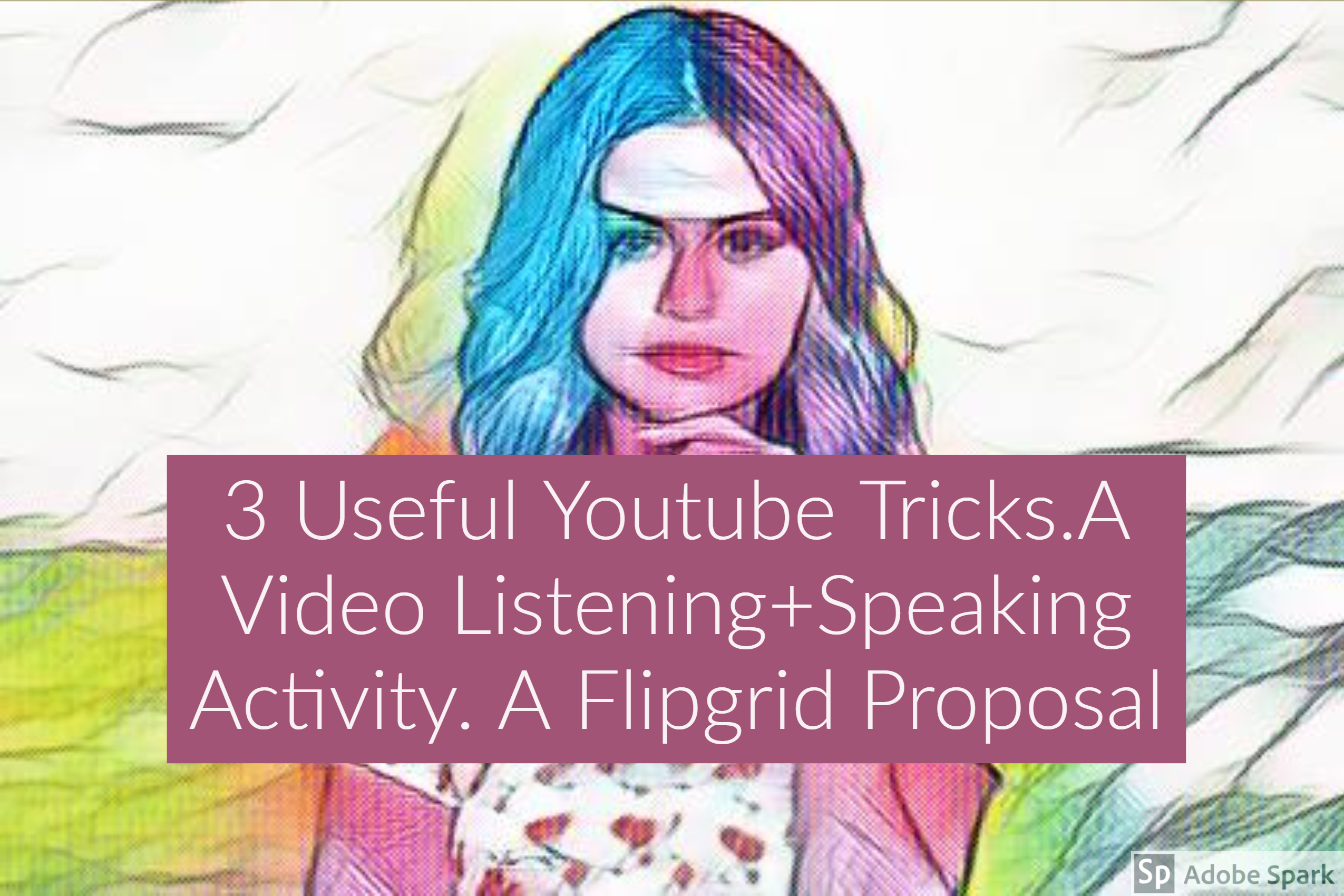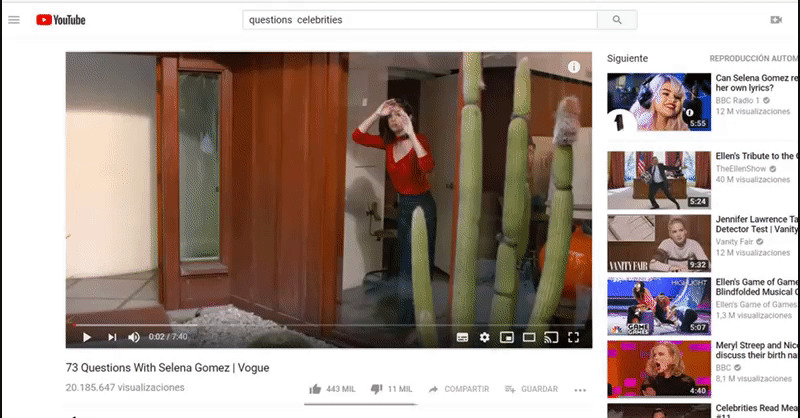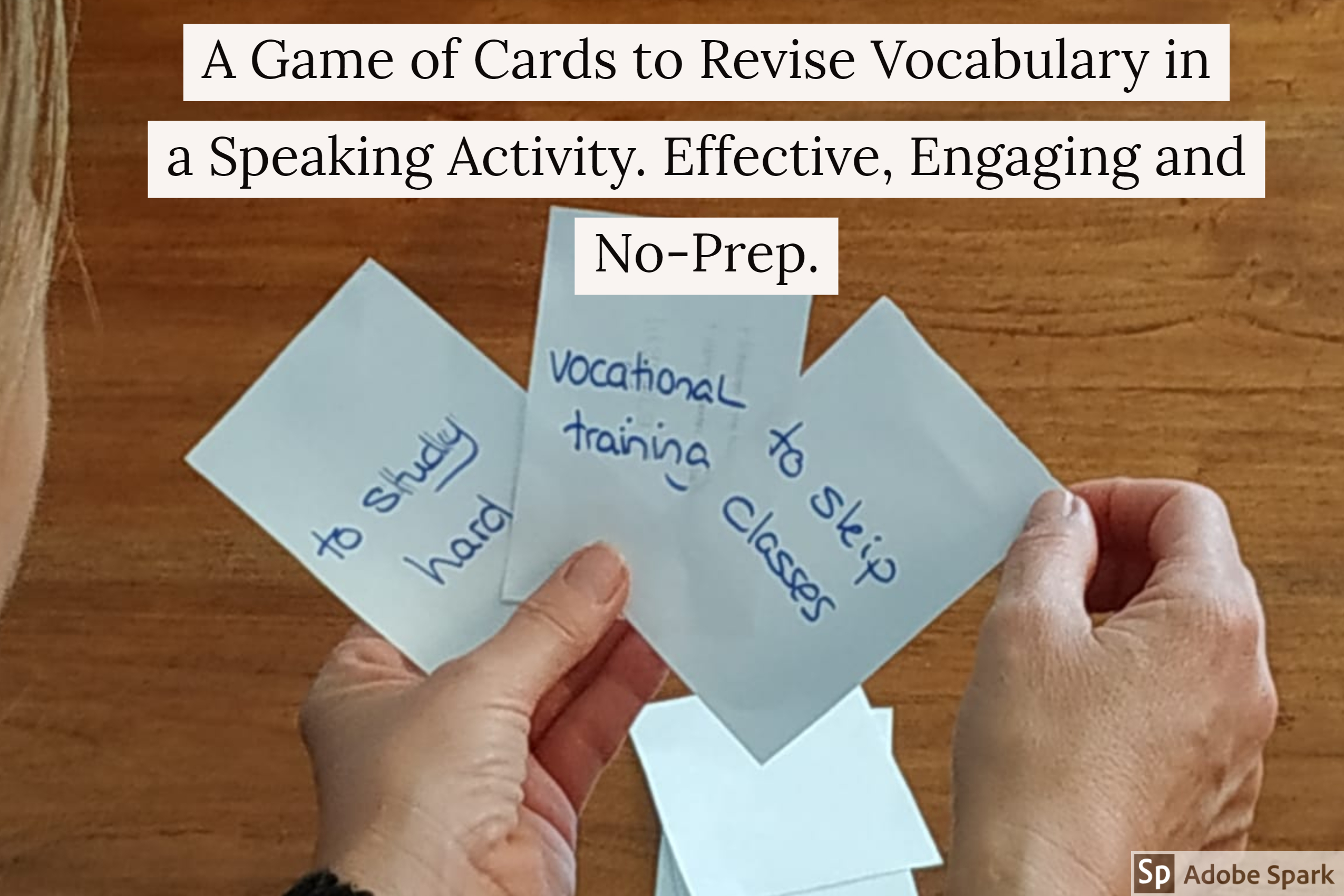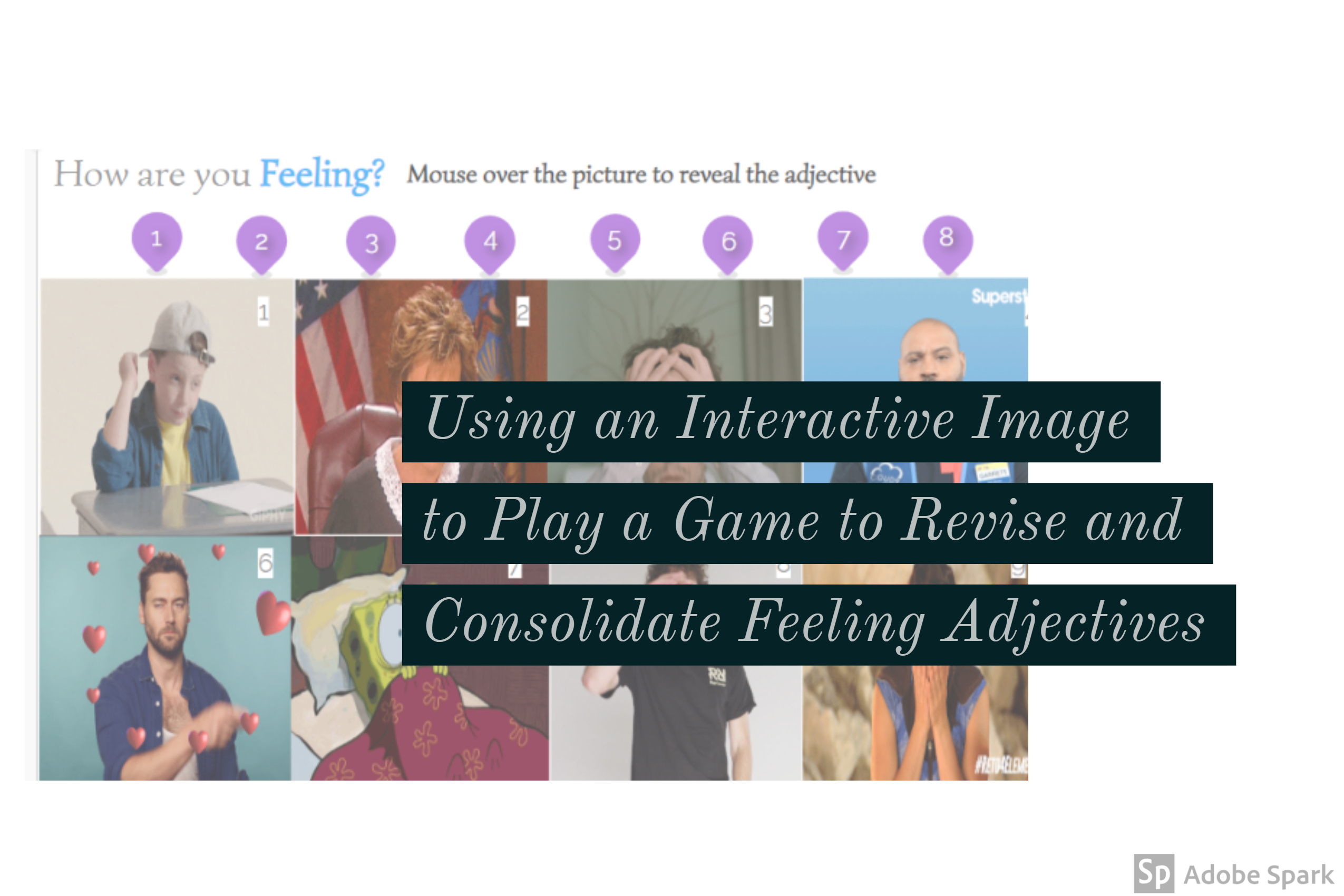You see, Halloween and me, we are not on friendly terms. I don’t really get good vibes off this holiday. Gory and scary … just scares me. But, that’s ok. I don’t have to like every single holiday. However, I have students and teaching a language is not only about words, it’s also about the culture and traditions of the country you are trying to teach. Halloween is important in Anglo-Saxon countries so this year I have made a point of trying to give it some real attention. I’ll even attend a small Halloween party, where I’ll be wearing a knife-through-head prop and some Halloween skeleton tights. Organising the party? Let’s start small! This year, the party will be hosted by my enthusiastic colleague Marta Dominguez, who has also provided me with some of the activities you’ll see below.

Activity 1. Video Activity. The Ten Steps (2004)
This activity aims at
- learning vocabulary: adjectives to describe houses
- improving their listening skills
This is a great short film (less than 9 minutes and worth every second) that sets the right atmosphere. Draw the curtains and turn off the lights.
I would like to just for one day forget I’m an English teacher and just play the film, but I can’t. So, we are going to work a bit on vocabulary before the film starts and we are going to focus on some questions to answer in pairs after watching the film.
Before playing the video, show them the picture below or alternatively pause the video. Do the vocabulary exercise with them ( handout)

The Ten Steps
Activity 2. Writing and Story-Telling
This activity aims at
- developing creative writing
- using their stories to develop oral fluency
Remember the lights should be off and the curtains drawn. Lighting a candle might be a good idea for two reasons: it helps create a mysterious atmosphere and prevents students from reading from their essays.
The New York Times has a site where, every day, they publish a picture prompt to inspire students writing. Days prior to the great Halloween Day, I have shown my students this picture and asked them to write a scary story about this house. They should bring their stories on the day of the party.

The idea is to put students in groups of four and tell (not read) their stories. Each group will decide on the best and the whole class will listen to the best stories from each group and then vote on the best one.
It’s also a good idea if you share a story of your own and yes, in case you’re wondering, I’ll still need to correct their stories.
Activity 3. A bit of fun with Kahoot.
This activity aims at:
- teaching about traditions
- developing digital abilities
- having fun 🙂
I would just not feel fine if, after all the spooky storytelling, my students went home and couldn’t sleep that night, so a Kahoot is in order.
Again, I have not created it. My colleague Marta has just chosen one from the enormous bank of Halloween quizzes Kahoot has and we have adapted it to our needs.
Happy Halloween! Let’s enjoy the holiday break!






